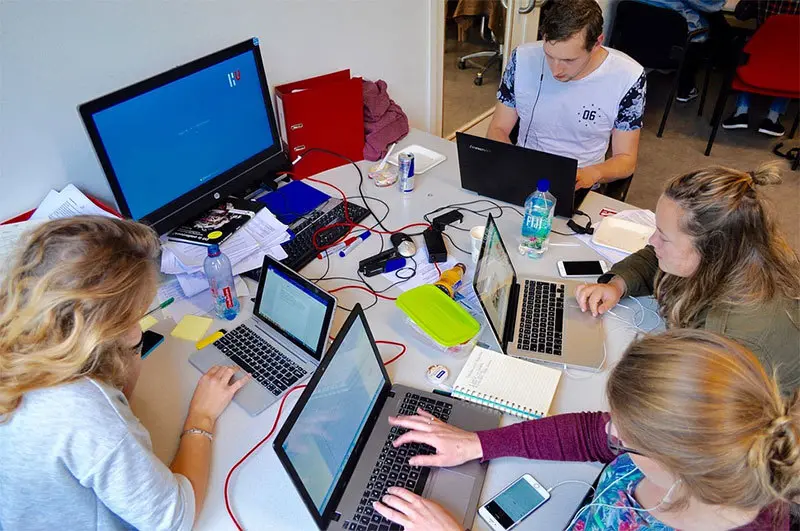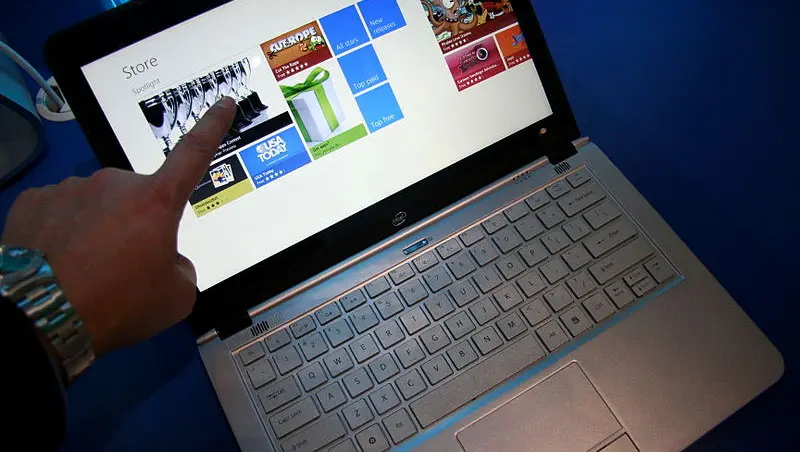Your Source For All The Best Geeky Things
Here at Geeky Matters our tastes lean towards the geeky and nerdy. We’ve been firmly team ‘geeky is cool’ since the 1980s.
Let us be your guides to all things geeky.
Not sure where to start? Here’s a few of our favorite things we’ve written:
- History of Pac-Man
- 10 Insults from Deadwood You’ll Definitely Want to Steal
- Gaming Evolution: History Of Video Games & Video Game Consoles
- 11 Geeky Things to Do in NYC for Geeks of All Persuasions
- The Most Autobiographical Lines Said by Adventure Time Characters
- Kings Cup Rules
Below you’ll find a few of our most recent favorite things to nerd out about.
















